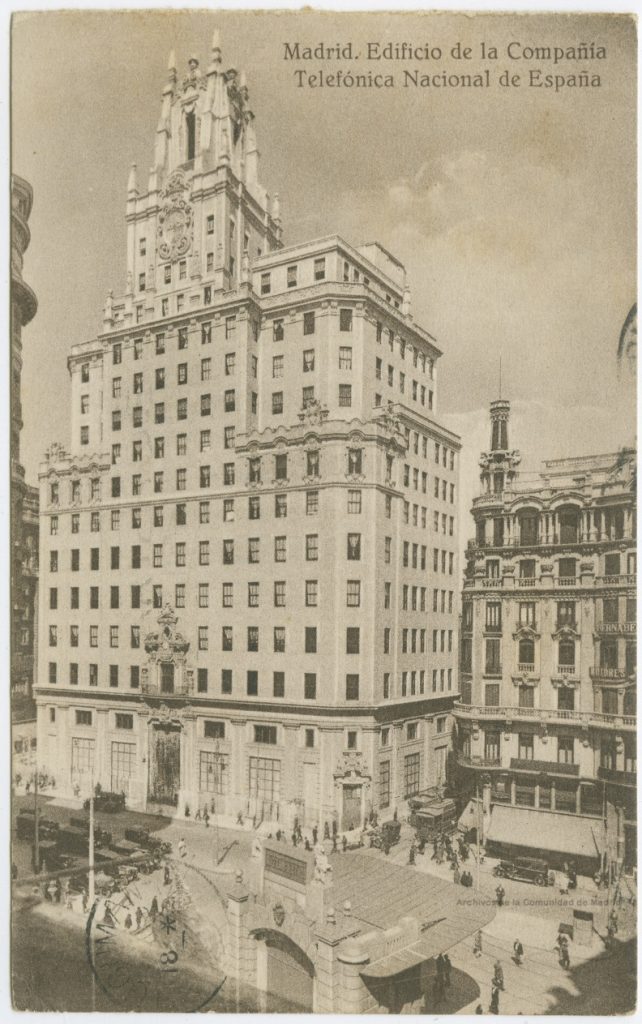In response to our second mystery interval signal challenge, SWLing Post contributor, Dean Bianco replies:
Mystery solved!
This is the “interval signal” (more accurately, a placeholder with a musical station identifier) for the Compañía Telefónica Nacional de España (CTNW) from Madrid, Spain.
They were a point-to-point HF radiotelephone terminal that provided overseas telephone and telegraph services in the days before satellites became common.
As a young SWL, I would receive all manner of strange musical identifiers for these utility stations. Most of these HF telecommunication services had gone to satellite by the early 1980’s. The HF bands were chock-a-block with signals, whether they be broadcast or utility services.
Glad to help!
To verify his claim, Dean shares the following embedded audio file made by Willi Passmann in the mid 1970s (via the excellent UtilityRadio.com website):
Well done, Dean! Thank you once again for coming to the rescue!
In case you didn’t know, dear readers, Dean Bianco is a force to be reckoned with in the shortwave radio world. 🙂 This year, he won the 3rd Annual Fest Trivia Quiz at the 2020 Winter SWL Fest! An impressive accomplishment, indeed. Not only that, but Dean’s an incredibly nice guy, great friend, and always willing to help out those new to the hobby!
Thank you, Dean!


Yes ! I do remember this utility ID.
It came in very strong at my listen post at my parents home in NJ in the late seventies. Especially 1977.
The signal was strong on 10745 Khz.
I had an older tube FM radio that sometimes played this little tune across the entire FM broadcast band.
Having that taking electronic repair courses, I tried to figure out why this tune often played in the background on this tube FM radio. Finally I realize it was the physically large vacuum tube FM superheterodyne, intermediate stage was tuned to 10700 Khz and a shortwave broadcast playing this tune must have been very close in frequency. Final I tuned the same signal on my shortwave receiver and I near 10700 Khz and the theory was confirmed. Thanks this 43 year old mystery solved. I know the signal origin.
I lived very close to this emblematic building. It’s located in the heart of the spanish capital. It’s worth to visit.
I LOVE these interval signal challenges, even if I can’t remember them. Congratulations Dean!
Me, too, Scott!! Only problem is I haven’t ID’d one yet!! And I thought I knew’em all!!